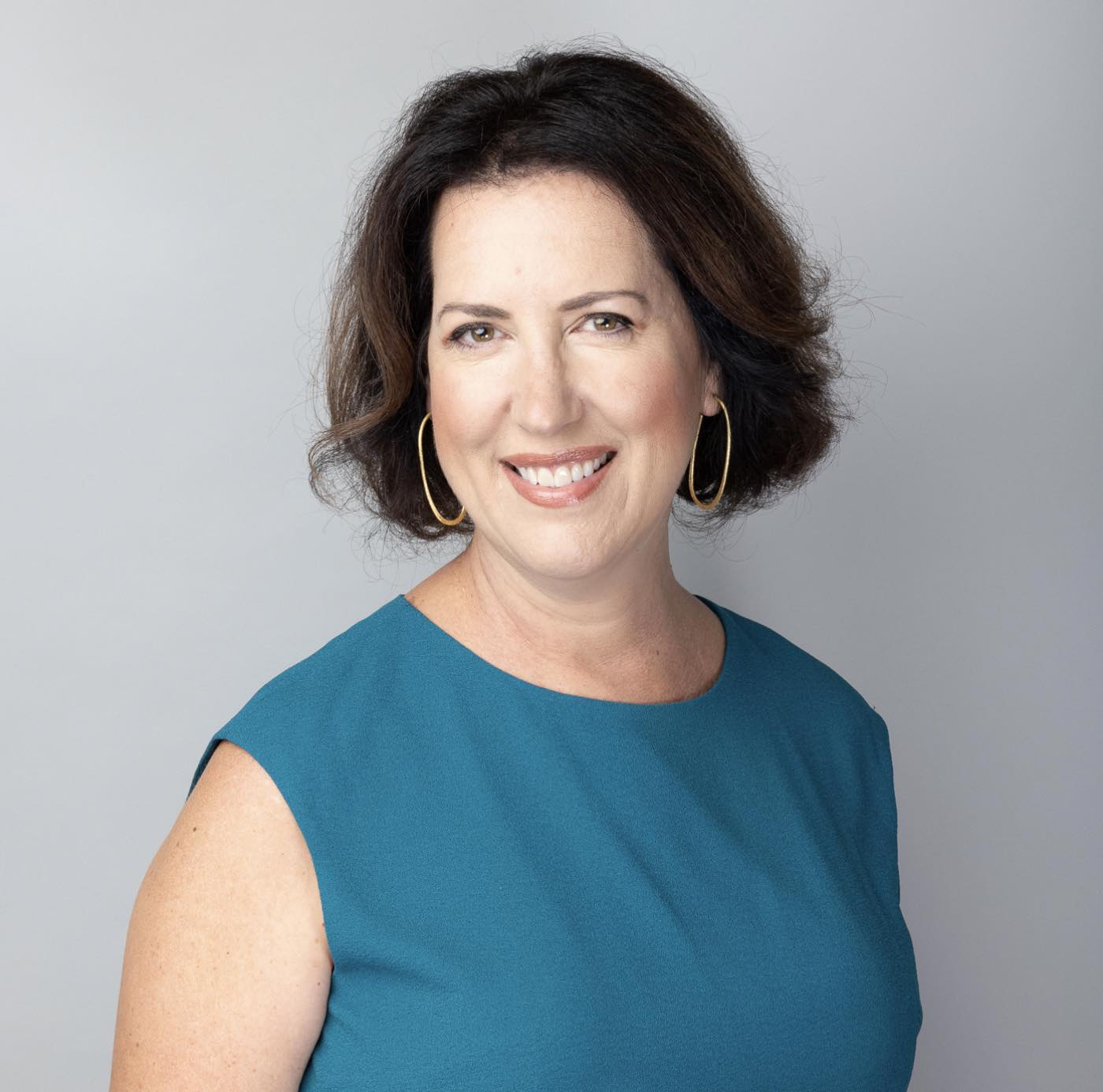4 Tips for Preparing a Winning Conference Proposal
Almost as soon as we pass TESOL 2022, it is already time to prepare for TESOL 2023! Perhaps you are thinking about putting in a proposal but you are a bit unsure about how to best organize it, or you may think you don’t have enough content to contribute. You might have tried in the past to submit a proposal for a conference and were not accepted, or you have never given it a try.
In any case, preparing a conference proposal is a great professional development activity as it causes you to stop, look at your body of work, delve deeper into those specialized areas of practice you enjoy sharing, and push yourself out of your comfort zone. Whether for TESOL International Association (deadline is June 1!), a local or regional TESOL affiliate, or other education conference you are interested in, the same general rules apply when preparing a conference proposal that is more likely to be accepted.

Tip #1: Make sure you understand what you will need to prepare.
Open the proposal submission form and create a separate document with all the sections you will need to complete. You don’t want to be working inside the application portal itself for drafting and writing! You can just copy and paste in your text later when you are ready to go. This also helps you get feedback and collaborate before it’s time to submit. For TESOL 2023, there is a downloadable word document already prepared for you with the sections and instructions! As Joe McVeigh notes in his 2012 TESOL blog on this topic, spend time reviewing the different requirements of the sections to complete, especially what readers are looking to see in the Abstract versus the Session Description. In terms of audience for these sections, it is helpful to think of:
- other conference-goers when writing the abstract. (What will draw someone to your session?)
- proposal readers when writing the session description. (How can you make the flow of the session ultra clear to a tired reader of proposals?)
It is helpful in both cases to reduce jargon, eliminate acronyms, and imagine you are explaining the session to someone in your family outside of the profession. The reader should be readily able to access:
- the what (content of your session)
- the why (rationale for this session’s importance) and
- the how (the way the session will be delivered—be mindful of virtual vs. in-person criteria).
Tip #2: Decide what you want to focus on in your presentation.
Are you sharing a topic that will have broad appeal but also give attendees something new or concrete to walk away with? If the topic is way too specific to your institution, other conference attendees may not be drawn to this session—and that is something your proposal readers will have a good sense of. Examine past conference programs to get a better sense of how the abstracts are written, the themes of interest, and what seems to be valued in terms of content by the conference organizers.
This is a great time to highlight something you have been working on for some time, or even an area you want to learn more about. You do not have to feel you are the ultimate “expert” on a subject to present on it! On the contrary, presenting can be a great way to draw attendees who have expertise on your topic to your session and learn from them as well. As long as you can structure a rich conversation, have your distinctive way of pulling together materials and resources, can share your perspective and insights, and leave the audience with further avenues to explore, you are qualified to offer a session!
TESOL offers a few types of presentation foci: practice/pedagogy oriented, research oriented, conceptually oriented, and policy oriented. These areas can be a great starting point for planning your session. Which appeals to you the most?
- For the practice/pedagogy focus, you will want to have experience in the particular method or approach so you can share concrete examples.
- For the research focus, this can be formal research or classroom-based action research that you have conducted.
- For the conceptually oriented session, you can bring in theories, ideas, and possibilities that you have already reflected on and want to engage others in discussion around.
- For a policy-oriented session, you would make connections between a larger or local policy that has impacted your work.
Go back to look at the conference program for the type of presentation you are planning to see how the abstracts conform with the attendee expectations for that particular type of session. It should be clear to your proposal readers that you have selected the appropriate style of presentation for your topic.
Tip #3: Follow the rhetorical structure of successful proposals.
No matter the type of session you wish to propose, there are some general rhetorical moves that appear consistent across proposals that are helpful to study and imitate. In Sherry Blok’s 2016 TESOL blog post, she speaks with Carolyn Payant about her study deconstructing the genre of the successful proposal. In Payant and Hardy’s (2016) analysis, they point to 10 elements that were present in accepted proposals:
- Territory: You open by establishing the situational context of the activity.
- Reporting previous research: You make reference to previous work, situating the current activity.
- Gap: In relation to theoretical or empirical territory, you show there is a lack of knowledge in the field; serves to motivate the study.
- Goal: You state the aim and/or objective of the activity.
- Means 1: You specify the methodology, procedures, plans of action, and tasks of the project.
- Means 2: You specify the presentation’s procedure as to what is to be accomplished in a specified amount of time.
- Outcomes: You present findings or achievements resulting from the study.
- Benefits: You explain and connect outcomes (intended/projected) to real world applications.
- Importance: You claim the urgent need for the proposed activity.
- Competence: You state your credibility.
Keep in mind your word limits and hit all the points—you do not want to spend, for example, too much time giving lots of background information when your readers will have that awareness already. Share your passion and excitement through strong word choices throughout.
Tip #4: Enlist support for the proposal writing process.
Just like any public-facing writing—whether that is writing for a newsletter, a memo for colleagues, or a blog like this—having someone knowledgeable to edit your work is essential when drafting a conference proposal. As proposal readers have hundreds of submissions to read through and evaluate, they will naturally need to skim and scan yours. Make sure that what you are crafting aligns with provided rubrics and checklists so that your reader will have an easy time seeing that you are meeting the demands of their conference proposal submission process. Who would you normally turn to when checking your language, formatting, and overall style for other professional writing tasks? Most people wind up doing their proposals at the last minute and leave neither time to solicit feedback nor opportunity to incorporate it. This time, try any of the following to see how it improves your proposal’s quality:
- Ask a current or former professor for one of their accepted proposals or to review yours. (Believe me, we are rarely asked for input on conference proposals and would be delighted to support you!)
- Consult a program supervisor, coach, or director for feedback. (This is a great way to get them involved and supportive of your professional development!)
- Collaborate with a colleague or student. (Writing a proposal can be a comentoring experience and a way to share the workload!)
Whatever you do, don’t give up! The same proposal can usually be tweaked to be reused for a different conference venue, and you will soon find yourself accepted to multiple conferences! Especially in this age of virtual conferencing, there are more opportunities than ever before to share your work and build knowledge in our global English language teaching community!
In the comments, share any tips you have for winning conference proposals!!

